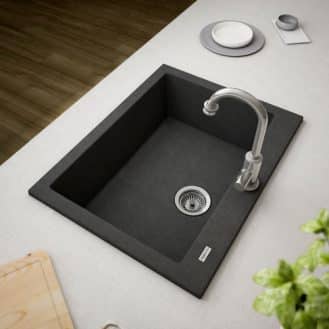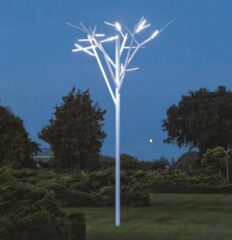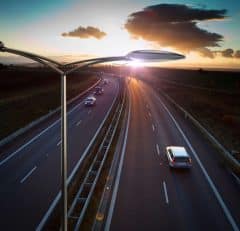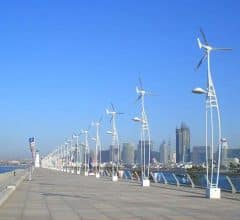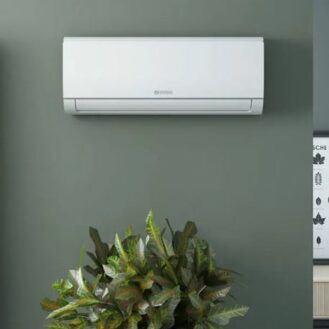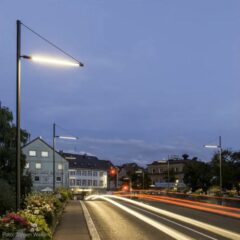
LECCOR Urban Lamp Post
Each lamp post has a specific purpose related to safety, so it is crucial to choose one that is appropriate for the intended use. Urban lamp posts that are designed for highly frequented public spaces or roads need to be more robust and vandal resistant than lamp posts that are intended for private outdoor areas. In order to ensure you choose the lamp with the right height and technical characteristics, familiarize yourself with lighting levels required for the area. If the project entails multiple posts, consider the distance needed between lamp posts before installing them.
When planning urban lighting, check for local planning guidelines and standards. The European standard EN 13201 includes guidelines for choosing road lighting in different situations as well as calculation methods. For certain road areas and crossings used by motorists, cyclists and pedestrians, the lighting should be uniform and well lit, both vertically and horizontally, to avoid collisions and ensure visual comfort.
